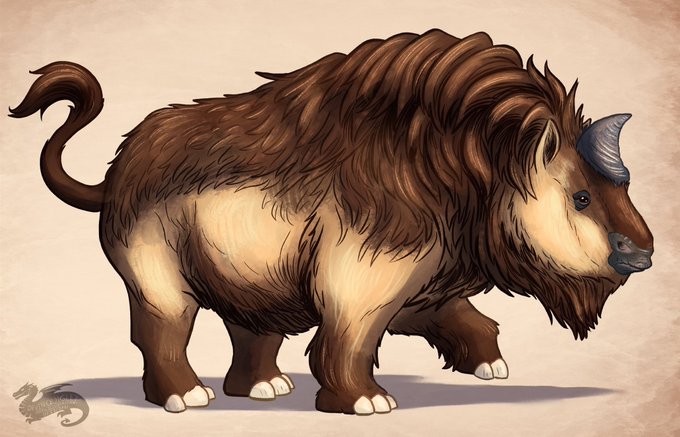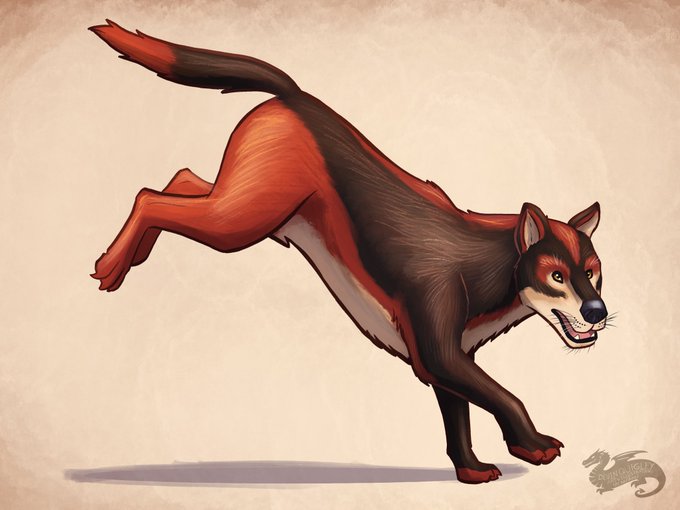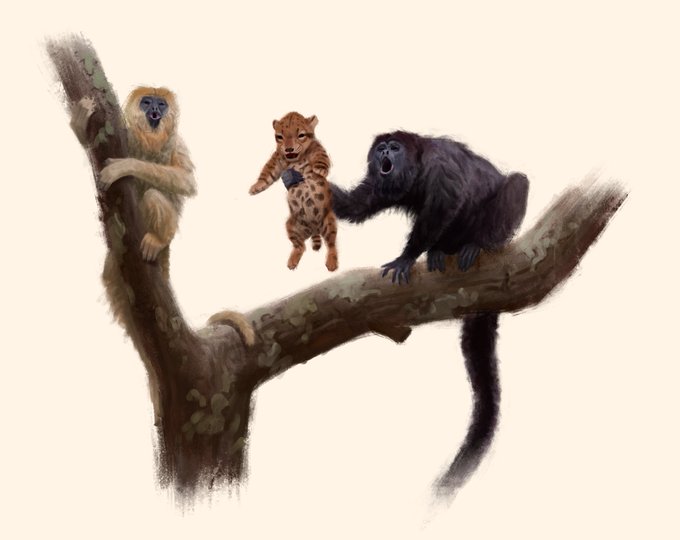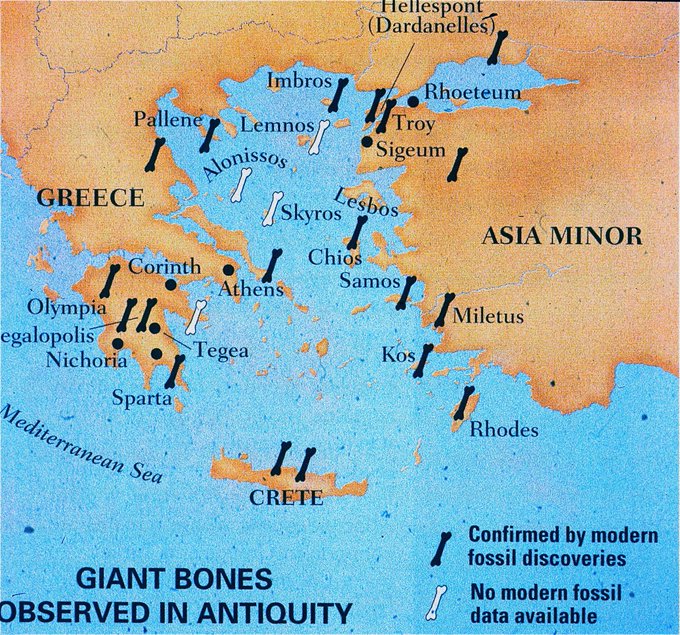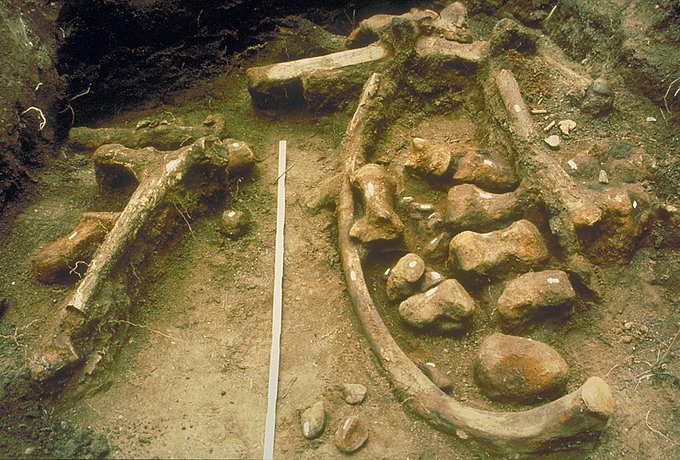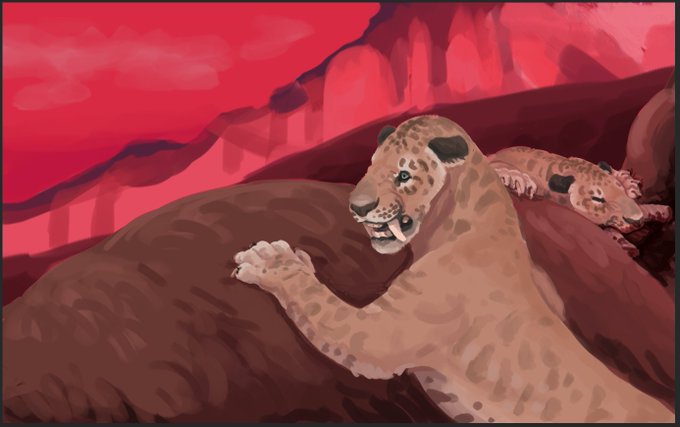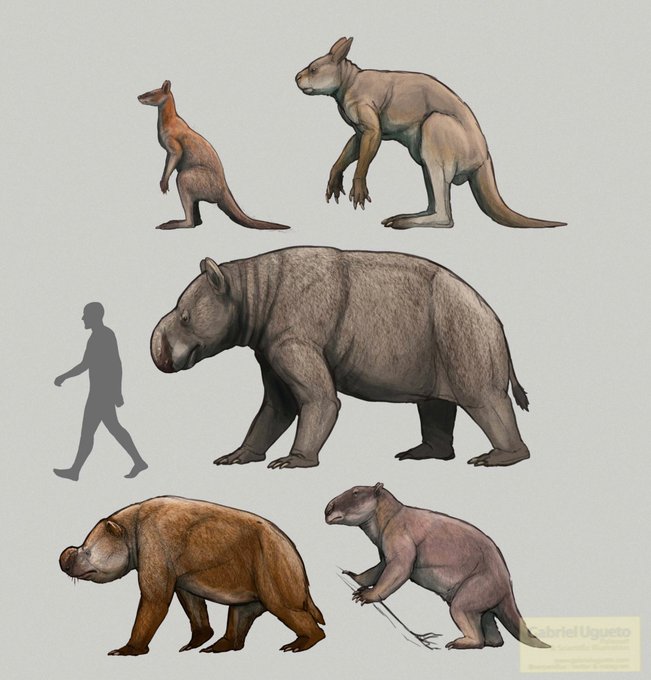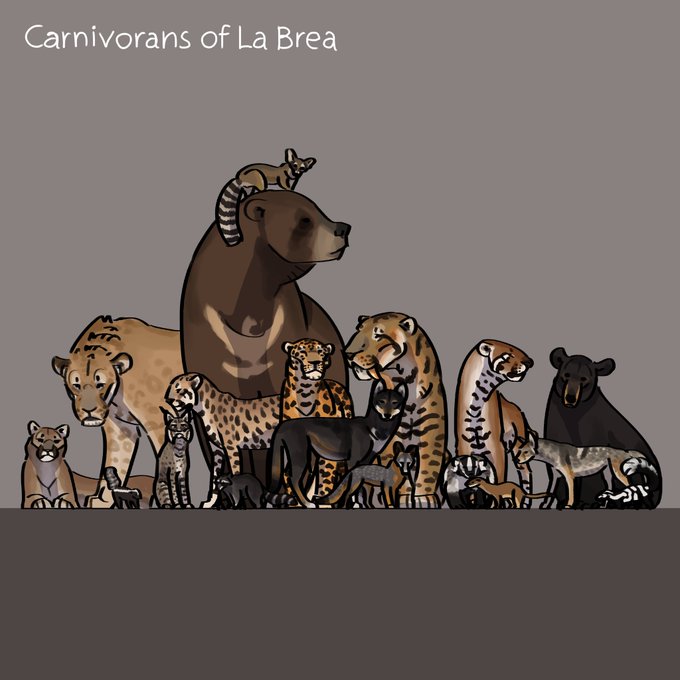pleistoceneのTwitterイラスト検索結果。 205 件中 5ページ目
#Elasmotherium is having a moment right now thanks to its horn getting a do-over.
Influenced greatly by @Midiaou7
#Procreate #illustration #animalart #Pleistocene #paleoart #IceAge #digitalart #ArtistOnTwitter #paleontology
#Paleovember2021, #Procoptodon, the giant short-faced kangaroo from Pleistocene Australia that walked like a man!
.
#kangaroo #artchallenge #animalart #digitalart #illustration #IceAge #paleoart #paleontology #Pleistocene #procreate #Australia #ArtistOnTwitter
Some Pleistocene Japan for my entry to #UkiyoExtinct!
#Paleovember2021, Aenocyon dirus, the #direwolf, which recent genetic analysis has revealed was not a true wolf!
.
#Wolf #IceAge #Pleistocene #animalart #artchallenge #illustration #dog #ipadart #paleoart #paleontology #procreate #ArtistOnTwitter
"Is this your king?"
Black Howler Monkeys find an unattended Smilodon populator cub in Late Pleistocene Paraguay.
Fan ARK dossier for Macrauchenia, a strange llama-like animal from the late Pleistocene period. Research indicates that it likely didn't have an elephantine trunk, but it felt like too iconic a design to pass up. (Besides, ARK isn't known for its accuracy lol)
How did ancient Greeks interpret large, unfamiliar Miocene-Pleistocene fossils around the Aegean?
#FossilFriday
this painting,
#Smilodon #Pleistocene #Paleoart #Sciart #conceptart #megatherium #pampas
Megatherium concept
#Smilodon #Pleistocene #Paleoart #Sciart #conceptart #megatherium #pampas
manticore lion scorpion creature...
#Smilodon #Pleistocene #Paleoart #Sciart #conceptart #fantasyart #animalart
Muskox (Ovibos moschatus) are a species of bovid native to the Arctic. They’ve been here a while: muskox are one of North America’s few surviving Pleistocene megafauna.
Quick sketches some late Pleistocene Australian extinct megafauna in preparation for a commission. These were some huge marsupials! Protemnodon, Procoptodon, Diprotodon (with scarce fur), Zygomaturus and Palorchestes.
Armour by stone-age-tech peoples in historical times is crazily unappreciated. From left to right: Kiribati, Huron and Tlingit.
There is no reason Pleistocene humans could not have manufactured similar equipment. Our hominid relatives scarcely stood a chance.
#FossilFriday Some hominins from the Middle Pleistocene in China, from L to R: Hualongdong 6 , Zhoukoudian 12, Hexian, Dali.
Pastel Paleotober Day 11: Glyptodon 💐
Glyptodon, a relative of modern armadillos, lived in South America in the Pleistocene. Glyptodon posessed a spikey armored tail that it may have used for defense or in territorial combat.
Pastel Paleotober Day 10: Procoptodon 🏵
Procoptodon, a genus of short-faced kangaroos, lived in Australia in the Pleistocene epoch. One species, P. goliah, was the largest kangaroo ever at 2m tall and 200kg. It was likely too large to hop and instead walked more like people.
Carnivorans of Israel. List in comments.
#Smilodon #Pleistocene #Paleoart #Sciart #conceptart #animalart #wildlife
Panthera Balamoides: an recently discovered "jaguar-like" big cat in the pleistocene North America(Stinnesbeck et al. 2018b), but also being pointed to be a possible ursid by Schubert et al., 2019 and Ruiz-Ramoni et al., 2020)
Carnivorans of la brea, list in comments.
#Smilodon #Pleistocene #Paleoart #Sciart #conceptart #animalart #labrea
Some made up world building creatures.
#Smilodon #Pleistocene #Paleoart #Sciart #conceptart #fantasyart #animalart

